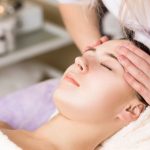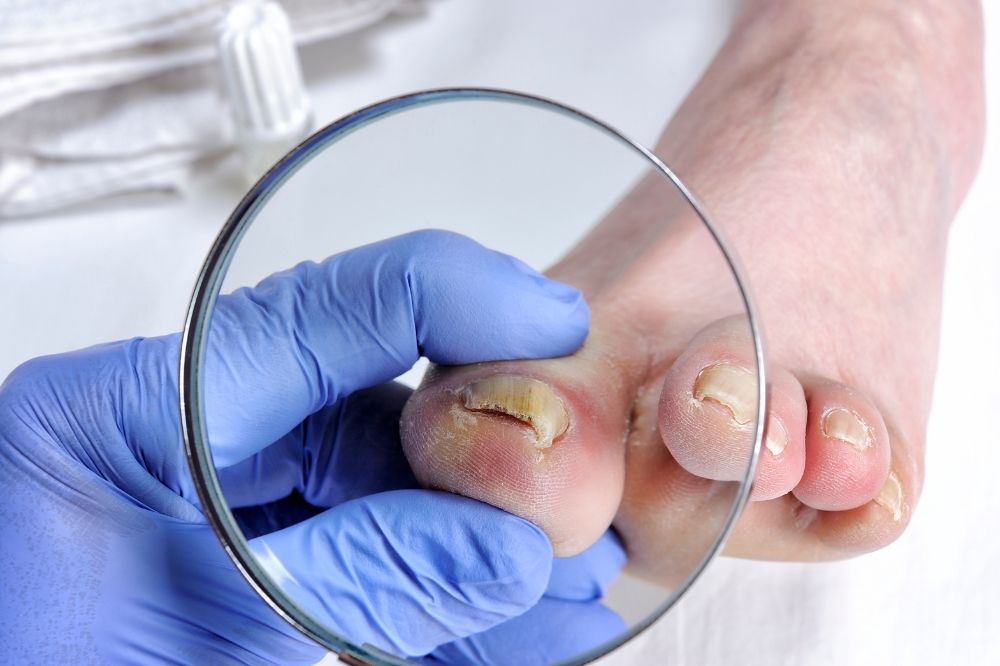Tinea Unguium (Onychomycosis); It is an infection of the fingernails and/or toenails caused by a fungus. It causes thickening, color and shape changes in finger and/or toenails.
Tinea Unguium (Onychomycosis) can be caused by several different types of fungus. Fungi live in the humid and airless environment inside the shoes. Foot fungus can prepare the appropriate environment for the formation of Tinea Unguium (Onychomycosis).
What Are the Symptoms of Tinea Unguium (Onychomycosis)?
Nail color changes to yellow or brown. The nail thickens and overgrows. There may be a foul-smelling accumulation under the nail. As the infection progresses, the nail may gradually crumble or become thick enough to cause discomfort or pain when shoes are worn.
How Is Tinea Unguium (Onychomycosis) Diagnosed?
Your dermatologist can make a diagnosis by looking at the appearance of fingernails and toenails. Sometimes small samples may be taken from your nails. These samples are sent to the laboratory for testing and the diagnosis is confirmed.
What are the factors that can increase the formation of Tinea Unguium (Onychomycosis)?
These are;
- Professionals whose feet stay moist for a long time (soldier, athlete, miner, etc.),
- History of disease (diabetes, circulatory disorder, HIV) that may reduce your resistance to infection or prevent blood flow to your toes,
- Nail injuries and traumas,
- Wearing narrow and pointed shoes that pinch the fingers,
- Use of common areas such as changing rooms, swimming pools and showers,
- Wearing the same shoes every day,
- Manicure and pedicure performed with non-sterilized instruments in an unhygienic environment,
- Stepping on the ground with bare feet,
- The humid environment caused by excessive sweating of the feet,
- Poor foot hygiene.
How to treat Tinea Unguium (Onychomycosis)?
Treatment may begin with removing as much of the infected nail as possible. Cutting the nail with scissors, filing it, dissolving it with a cream containing urea are some methods used to remove the infected nail. If the infection is mild and confined to a small area of the nail, an antifungal cream or a medicated nail polish may be given. If the infection is in a large area or in several nails, an oral antifungal therapy such as terbinafine or itraconazole is used. In very severe cases, if the tinea unguium (onychomycosis) is resistant to treatment, it may be necessary to surgically remove the entire nail.
What Can Be Done to Prevent Tinea Unguium (Onychomycosis)?
- Comfortable shoes and socks that allow the feet to breathe should be worn.
- Shoes, sandals or slippers belonging to others should not be worn in the shared shower and dressing rooms.
- Feet should be washed daily with warm water and a mild soap and dried well.
- Socks should be changed every day.
- Nails should be kept short.
- Pedicure instruments should be disinfected before use.




